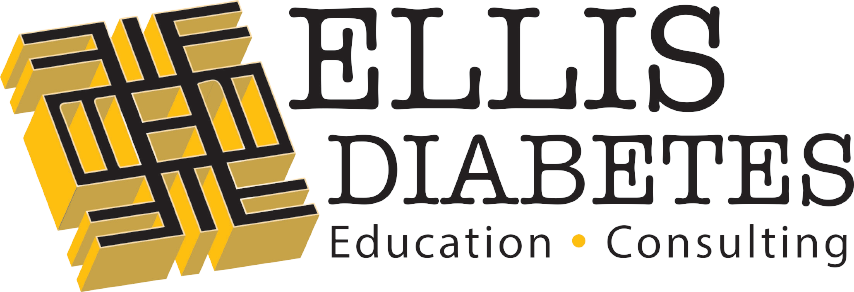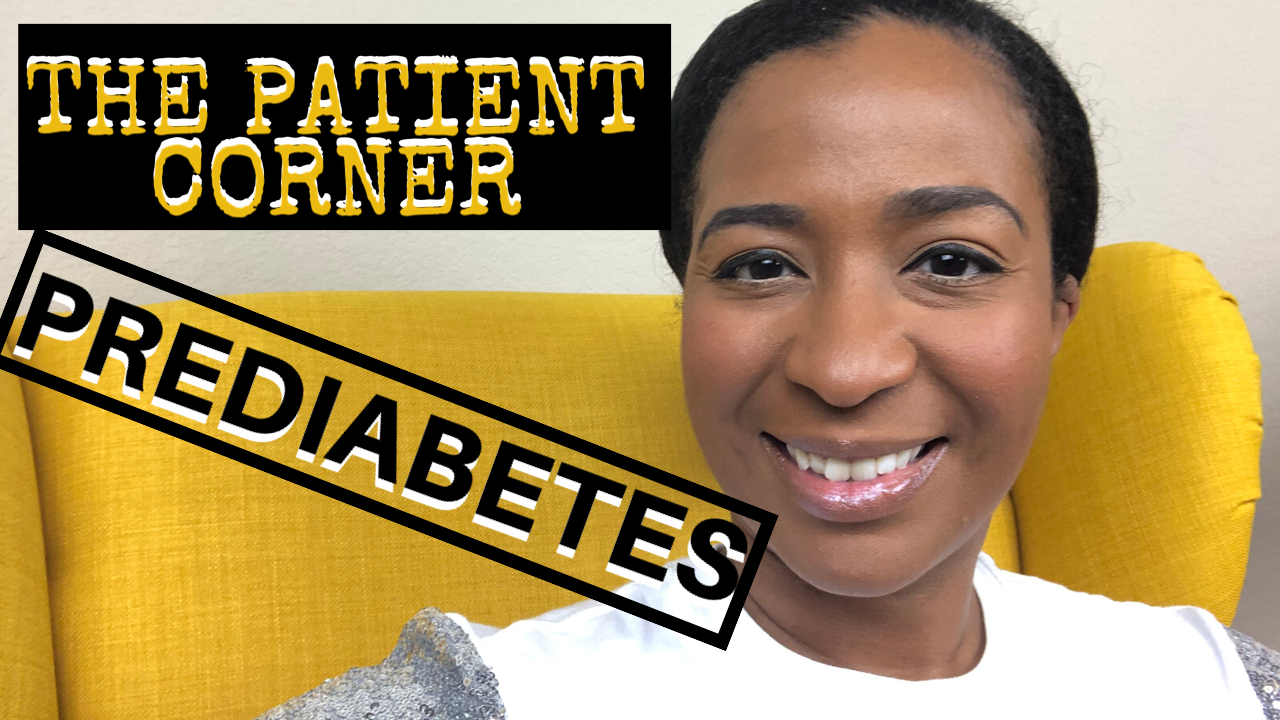PREDIABETES
Hey Y’all!
PREDIABETES…Let’s talk about!!! You can’t discuss diabetes without discussing it. According to the CDC, more than one third of American adults are categorized as “prediabetic.” That’s 88 million people! The sad part about it is that a large amount of people do not even know that they have prediabetes. So I felt it was only necessary for me to spend some time over the next few post discussing prediabetes.
For today’s post, I will give an overview over prediabetes and what we as nurse practitioners should be aware of. Some may feel this is common knowledge information but I would beg to differ because if that was the case for all providers we wouldn’t be in the predicament that we are in…1/3 of our adult population in this category. So let’s get in to it…
What is Prediabetes?
Simply put, it is a higher than normal blood sugar that has not quite met the threshold of diabetes. Clinically, it is defined as a Hgb A1c of 5.7-6.4%. If a patient has 2 separate readings of 6.5% or higher, a provider can consider them a diabetic. Over the years, prediabetes has been known by other names: Borderline diabetes, impaired glucose tolerance, subclincal diabetes (this is the term I remember from undergrad nursing).
What are the signs and symptoms of Prediabetes?
There are no clear signs and symptoms hence why it goes undetected for years. There are risk factors that should prompt us to screen and educate patients:
Overweight/Obese
Age 45 or older
A sedentary lifestyle (physical activity <3x/wk)
First degree relative with Diabetes Type 2
A personal history of gestational diabetes
A personal history of Polycystic Ovary Syndrome (PCOS)
Racial Group: African American, Hispanic/Latino, American Indian, Pacific Islanders
How do you prevent/treat Prediabetes?
Lifestyle Modifications stand for both prevention and treatment! In certain cases metformin can be used as well but nothing trumps lifestyle changes. I have videos over both so I’ll link them below as well as my post over the Food Guidelines for Diabetes!
Pearl of Wisdom
Prior to being diagnosed with Type 2 diabetes, most people go anywhere from 7 to 12 years with elevated blood glucose. Now how this can go undetected is at first it’s the postprandial glucose that is elevated, not the fasting. To compensate, the pancreas produces more insulin and does this for years. Around about the 9th year, the pancreas starts to fail and tire. At this time, that is when we start to pick it up clinically because the fasting blood glucose starts elevating. Now think about that…9 years of a pancreas working in overdrive to produce more insulin. What if we could detect glucose elevation earlier and intervene with lifestyle modifications? We could really change the course of a lot of patients! Totally prevent diabetes from occurring!
Well guys, that’s all for now. Like I states earlier, I have more to say about prediabetes and I will come back over the next few posts to flesh all of that out. As many of you know, I have a YouTube channel, Kim E. The Diabetes NP, and I posted a video over an Overview of Prediabetes. If video is more of your thing, you can view that below as well as download my FREE NP Diabetes Starter Kit. Until next, I’ll catch you later!








